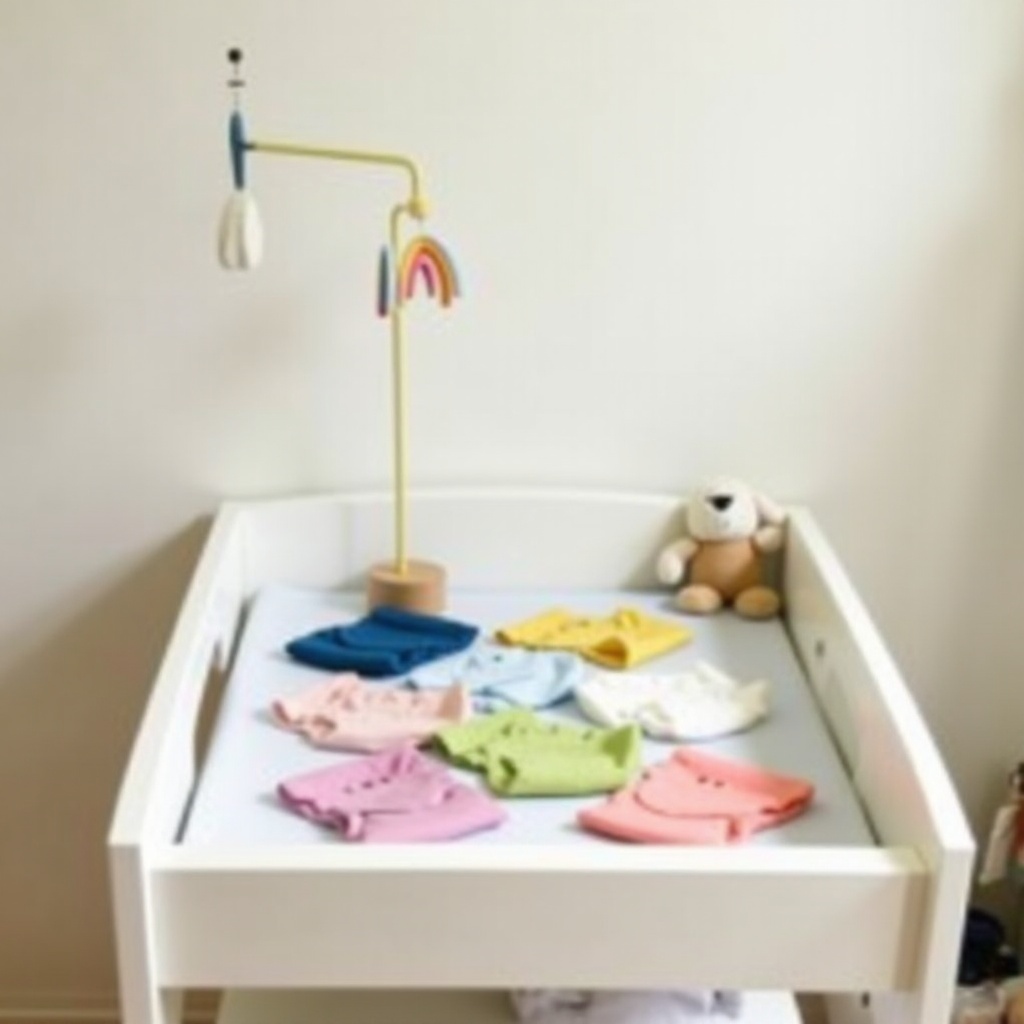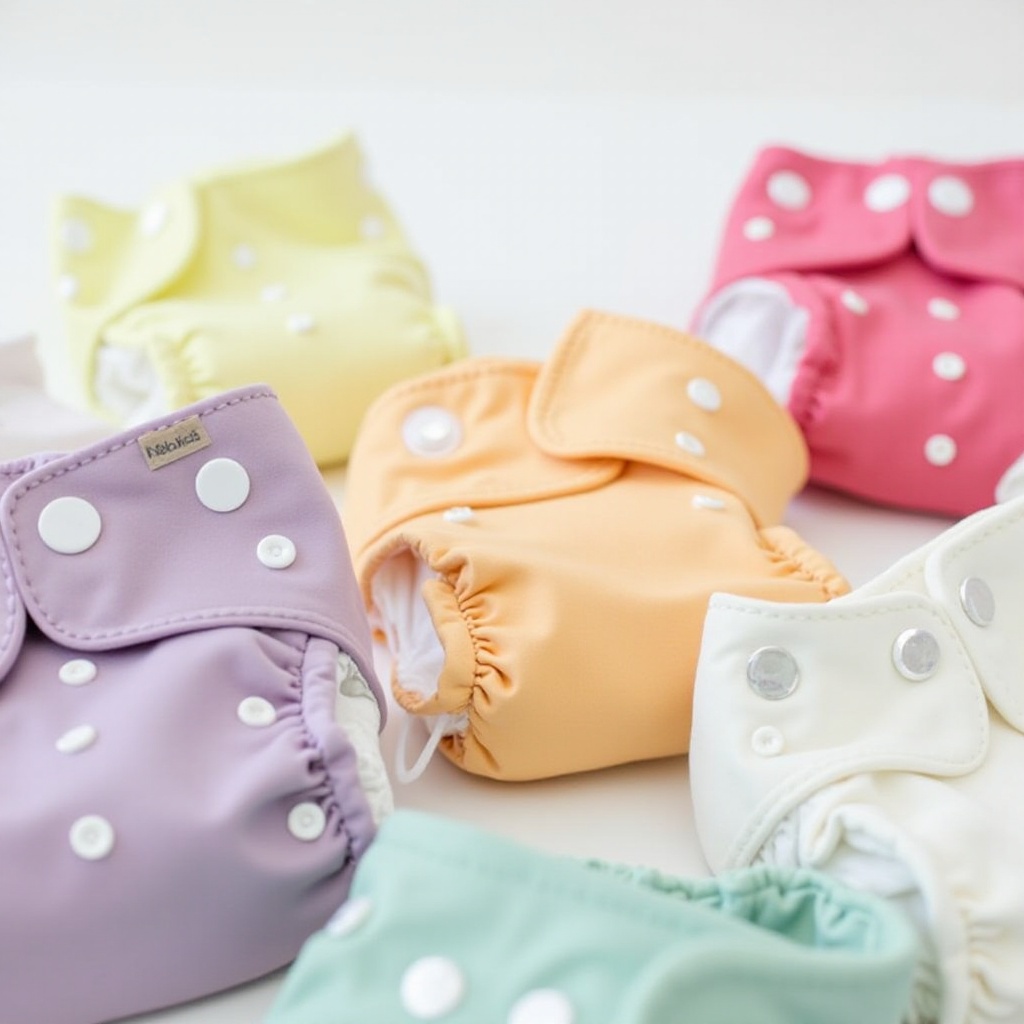Introduction
If you’re searching for the ideal swim diaper for your newborn, reusable swim diapers are a fantastic option. They offer not just convenience but also the criteria you need for your baby’s comfort and safety. In this guide, we delve into everything you need to know about newborn reusable swim diapers, including their benefits, varieties, selection criteria, and maintenance. Along the way, we’ll answer frequently asked questions to ensure you and your child can enjoy a worry-free swim.

What are Newborn Reusable Swim Diapers?
Newborn reusable swim diapers are specially designed diapers that your baby can wear while swimming. Unlike regular diapers, these are made from materials that don’t absorb water; instead, they are designed to contain any solids. They usually have a snug, yet comfortable fit to prevent any leaks while your baby is in the water. Significantly more environmentally friendly than disposables, these diapers can be washed and reused multiple times, making them both practical and sustainable.
Benefits of Using Reusable Swim Diapers
Reusable swim diapers come with a multitude of benefits that make them a preferred choice for parents. Not only are they eco-friendly, but they also save you money and keep your baby comfortable.
Environmental Impact
One of the most critical benefits of reusable swim diapers is their positive impact on the environment. Disposable swim diapers contribute significantly to landfill waste. Reusable options can drastically cut down on this waste, as they can be used multiple times.
Cost-Effectiveness
Investing in a few good-quality reusable swim diapers can save you a lot of money in the long run. Disposable swim diapers can quickly add up to a significant expense, especially if you frequent the pool or beach. Reusable diapers, on the other hand, require an initial investment but can be reused numerous times, making them a more cost-effective choice.
Comfort and Health Benefits
Reusable swim diapers are designed to fit snugly and comfortably, ensuring that your baby can move freely without any restrictions. They are made from materials that are gentle on your baby’s skin, reducing the risk of diaper rash and other skin irritations. Additionally, these diapers are free from harmful chemicals commonly found in disposables, ensuring a healthier option for your baby.
Types of Newborn Reusable Swim Diapers
When choosing a reusable swim diaper for your newborn, you’ll find several options available, each with unique features. Understanding these types can help you select the best swim diaper for your baby’s needs.
Pocket Diapers
Pocket diapers come with an outer waterproof layer and a pocket inside to hold the absorbent insert. This design makes them highly customizable in terms of absorbency, which can be adjusted depending on how long you plan to keep your baby in the water.
All-in-One Diapers
All-in-one diapers combine the absorbent and waterproof layers into a single unit. They are straightforward to use and don’t require any prep work like stuffing inserts. These diapers are convenient and easy to manage, making them a favorite among busy parents.
Hybrid Diapers
Hybrid diapers offer the versatility of using either a reusable or disposable insert. These types are particularly useful if you’re traveling or don’t have immediate access to laundry facilities. Hybrids offer the ultimate convenience while still providing many of the benefits of reusable diapers.
How to Choose the Right Reusable Swim Diaper
Selecting the perfect reusable swim diaper involves considering a few key factors. Size, material, absorbency, and design all play vital roles in your final decision.
Size and Fit
Ensure the swim diaper you choose fits your newborn snugly to avoid any leaks. Most reusable swim diapers come with adjustable snaps or elastic sides that help achieve the right fit as your baby grows.
Material and Absorbency
Choose diapers made from high-quality, skin-friendly materials like cotton or bamboo. The material should be absorbent enough to handle any messes but not so bulky that it restricts movement.
Design and Style
Many reusable swim diapers come in various designs and colors. While style might not be a primary concern, choosing a design you love can make the diapering experience more enjoyable.

How to Care for Reusable Swim Diapers
Proper care and maintenance will extend the lifespan of your reusable swim diapers, ensuring they remain effective and comfortable for your baby.
Washing and Cleaning
After each use, rinse the diaper to remove chlorine and any residues. Wash them in a machine on a gentle cycle with a baby-safe detergent. Avoid using bleach or fabric softeners as these can degrade the materials.
Storage Tips
Store your clean, dry swim diapers in a cool, dry place. If dealing with soiled diapers while out, use a waterproof wet bag to store them until you get home.
Extending the Lifespan
To maintain the quality of your swim diapers, avoid high heat when drying. Line drying is ideal but if you must machine dry, use the lowest possible heat setting. Following these tips will ensure your diapers last longer and perform effectively.
Conclusion
Reusable swim diapers offer a practical, eco-friendly alternative to disposable ones. By avoiding unnecessary waste and ensuring your baby’s comfort and health, these diapers are a savvy choice for modern parents. With proper care, the right fit, and the best type suited to your needs, reusable swim diapers can enhance your baby’s swimming experience.

FAQs
Frequently Asked Questions
How often should I change my baby’s reusable swim diaper?
You should check and change your baby’s reusable swim diaper every hour or immediately if soiled. This practice ensures your baby remains comfortable and avoids any accidents in the pool.
Can I use reusable swim diapers in public pools?
Yes, reusable swim diapers are typically allowed in public pools. However, it’s wise to check the specific rules of the facility you plan to visit as requirements can vary.
What do I do if my baby poops in the swim diaper?
If your baby poops in the swim diaper, it’s essential to clean it thoroughly as soon as possible. Remove solids into the toilet and rinse the diaper. Once home, wash the diaper properly following the recommended washing guidelines to ensure it’s clean and ready for the next use.
